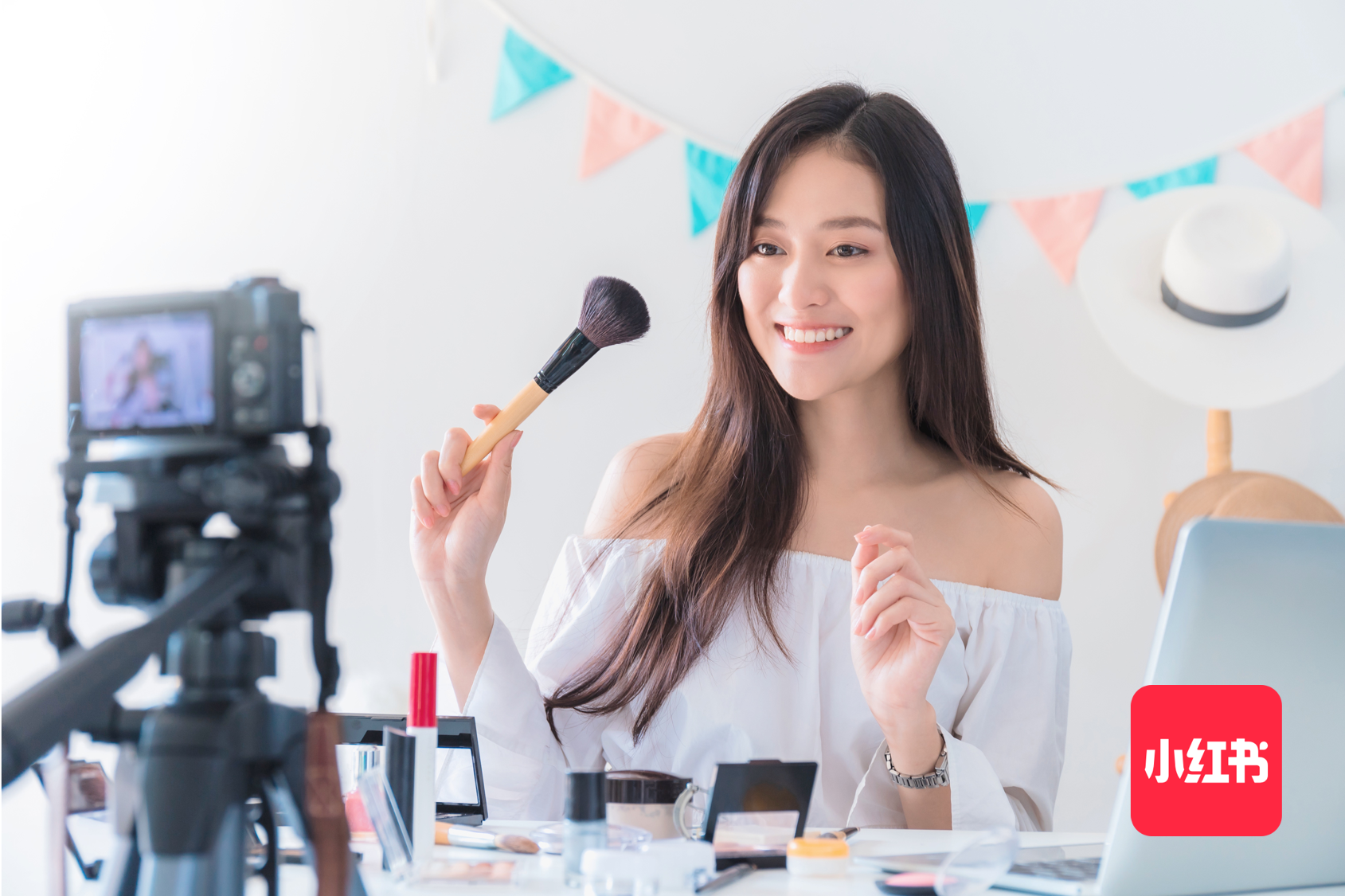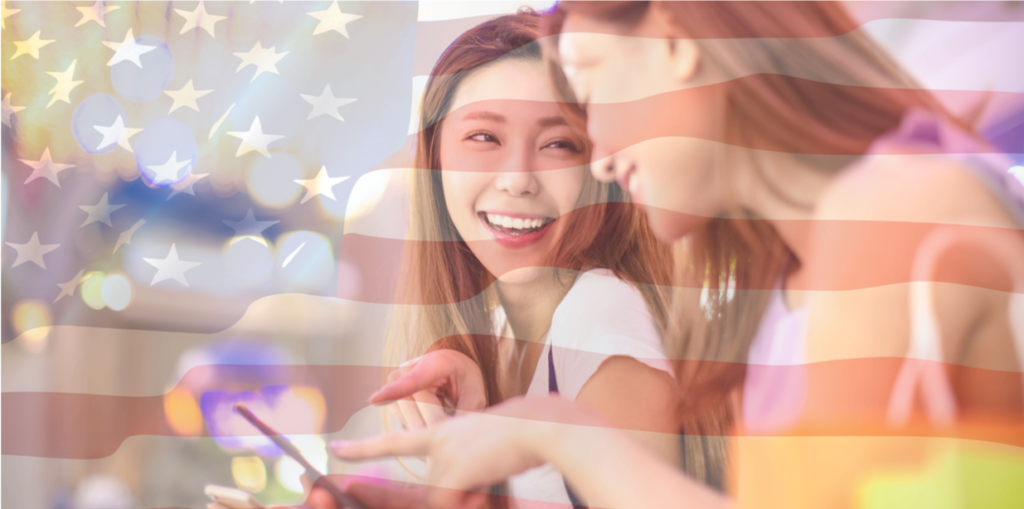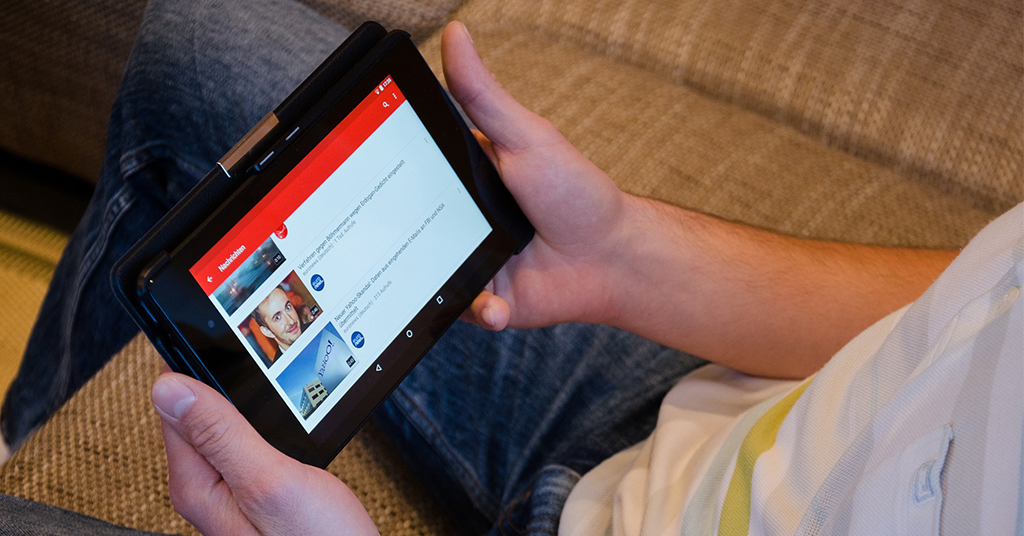Your content may be great, but having a Key Opinion Leader (KOL), is a complete game changer in the field of marketing. A KOL serves as an effective communicator between the brand and the customers, and drives the brand towards targeted market goals. In current Chinese market, social media platforms and KOL marketing rules are constantly evolving, thus it’s very important for you to keep up with the latest trends and methods, in order to increase your brand value.
Having a help book of go-to strategies can ensure that your KOL marketing tactics are being used to their maximum potential. So, here are the top KOL marketing tactics that brands should refer to in order to create effective campaigns.
1. Search Engine optimisation on Little Red Book
Little Red Book (Xiaohongshu) is one of the best apps that can be used to increase your social media reach, in 2021. Now, the question arises-how can brands get the most out of it? So, to get started with, think of it as a search engine and write blog posts with the same SEO strategy in mind as you would for the internet.
Little Red Book has really cool benefits like, the profiles on this app are more like websites and posts similar to web pages. This makes the Little Red Book quite similar to the traditional internet than any other social platform we’ve seen before. It’s being used for search of different items by a user base that’s 85% females.
This means that the brands need to be very particular about the keywords they want to use along with other KOL marketing tactics. So, the brands should ensure that these keywords are incorporated in the title and first paragraph of KOL posts. Along with that they(keywords) must appear at least five times in a 1,000-word article.
In nutshell, you’ll have to optimise for search, just like you would do for a blog post. Even if you’re simply doing product seeding to KOLs and are not paying them to post, you should at least feed them with the keywords you want them to use.
2. Pay Close Attention to E-commerce KOLs
While social media platforms like Little Red Book and WeChat are crucial parts of the consumer’s journey, brands shouldn’t ignore the opportunity to collaborate with KOLs that work directly on Taobao and Tmall.
Brands should focus on the e-commerce KOLs. The KOL marketing strategy behind this is when you engage with a KOL that’s generating content for an app like Tmall and Taobao, you can take advantage of the user’s connections.
Imagine it this way: When a user is logging into their accounts on WeChat, their plan is usually to engage with family, friends, and coworkers. When checking out Douyin, their intention is to find entertaining, funny videos in their downtime. But when a consumer logs onto Taobao or Tmall, their sole intention is to shop.
The ‘purpose’ of visit of a user on a social media platform is very important. If you want to just reach people and create brand awareness, then it’s awesome to work with KOLs on those social media platforms.
Also, you must not confuse traditional e-commerce platforms that have added social network and entertainment features (like Weitao) with social media platforms that include an e-commerce element, like Little Red Book and Douyin. Despite the predictions of some industry experts, Little Red Book only holds about 4% of China’s cross-border e-commerce market. This means, the KOLs on this platform aren’t likely going to move too much product. According to estimations, the conversion rates on non-e-commerce platforms like Weibo are generally about 1.5 percent click-through rate, and 1.5 percent of those users are making a purchase.
For example, Douyin provides both, direct links to e-commerce sites in addition to hosting their own e-commerce platforms. However, achieving sales through Douyin presents a number of challenges. Firstly, Douyin is not a search engine, so brands and KOLs that post content on the platform have to rely on an algorithm for their content to reach to the target audience. Only about 10 percent of the audience of a brand/KOL is going to organically see their content.
3. Location
In spite of the above stated facts, there are other marketing techniques that can help brands to stack the decks in their favor on Douyin and Little Red Book.
For starters, Brands should consider Douyin as a video storefront for e-commerce—both online as well as offline. With the help of searchable location tags used by the KOLs on their videos, brands can easily reach out the customers. They can collaborate with KOLs offline, to create content in their stores.
Douyin users can simply click on these location tags and find other videos filmed at the same location. That is, if a brand can get KOLs to do video reviews, document their offline events, and show off exclusive in-store products through Douyin videos tagged with the same location, then they can essentially create an online entertainment and experiential channel for consumers that’s linked to their brick-and-mortar shop.
Little Red Book is also strengthening its location-based, content discovery engine. One of its main search functions is called “Nearby”, which allows users to search only for content that has been tagged with a location in that proximity. So, let’s say you live in Beijing, Little Red Books’ search engine will display your location-based content for restaurants, shops, and more. This can be used as a great opportunity by restaurants with positive reviews to enhance their online to offline conversion.
4. Be Smart About Product Seeding
It’s very common for brands to give away their products as free gifts to KOLs. This can be done in order to either thank them for their work or as a basic marketing strategy. But smart brands should be thinking one step ahead when it comes to their product seeding strategy. Like-how exactly can that gift create brand awareness in the long run?
Let’s consider some product seeding examples from Maybelline for instance. Maybelline sent a number of products to beauty KOLs like Melilim (Maggie) Fu, that created long term marketing opportunities for the brand. The brand delivered a suitcase full of makeup to Fu which consisted of products that they hoped Fu would review. The suitcase itself was a good quality item with a large visible logo. Now this is an excellent brand promotion strategy, where if you would take the suitcase for a trip, then everyone present at the airport including the by-standers and the social media followers would have the chance to engage with the brand in a unique way.
In another campaign, Maybelline sent out a quality branded mahjong set for Chinese New Year to all the Chinese Beauty KOLs, with the traditional symbols on the tiles replaced with beauty ones like lipsticks. In this case, the KOL and their friends and family members can continue to engage with the brand in a way that adds value aside from simply using the cosmetics products.
The consideration, thought put into these items and their value were high, and so it makes the KOL feel respected and provides the brand with an opportunity to engage with the KOL on a level that has all sorts of benefits for the brand.
5. Real Life Experience
In addition to the online services and marketing strategies, it’s very important for the brands to create impressive physical experiences as well. Creating products, packaging, offline popup shops and in-store experiences in such a way that people who engage with that environment are compelled to create their own content and share their experience with others.
Experiential marketing is a hot-topic among millennials and Gen-Z, and one brand that’s well aware of this strategy is YSL Beauty. It recently opened its traveling beauty hotel in Shanghai, with multiple interactive selfie-friendly rooms. The “hotel” serves as a Mecca of content for KOLs who would check-in to the hotel and enjoy exclusive makeup tutorials, performances, and photo ops. The hashtag #YSLBEAUTYHOTEL# has 150 million views and 300,000 comments, solely on Weibo.
6. Make Sure KOLs Get Personal
Famous celebrities and personalities (KOLs) have a lot of fans and super fans. Brands should ensure that their KOLs have direct access to both sort of their fans for optimum engagement.
Remember, the KOLs who do not have a standalone WeChat account just for superfans, are probably not that savvy in the business.
Creating individual fan group(s) on platforms like WeChat are a way for KOLs to ensure that followers actually see content that they post or promote. It is obviously not easy for the brands to monitor this activity, however if brands actively work with KOLs to post in these groups and on their WeChat Moments, then it would mean that the brand and product is getting exposed to the consumers at maximum rate.
7. Don’t Rule Out The Smaller KOLs
Working with big KOLs on sponsored posts can be profitable, however brands should be aware of their limitations as well. KOLs have been unintentionally classified into elite class and grassroots group. Although at the high end, the quality of influence is high and they’re able to move more product, but what’s interesting is that platforms like Little Red Book do not reward these elite KOLs, instead they reward grassroots KOLs.
Consider these things into account, when you have to choose which KOLs to work with and on what platforms. For example, Douyin doesn’t really care if you’re a big KOL or a small KOL, all it cares about is the kind of content you put out there. If the content is viral, then it’s a win-win situation for you irrespective of which KOL group you belong to.
Little Red Book, on the other hand, prefers to raise communities with organic content that’s going to add value to its users, discouraging sponsored posts that don’t take place through the app’s own system. On Weibo and WeChat, however, a large percentage of the major KOLs publish sponsored content quite often.








